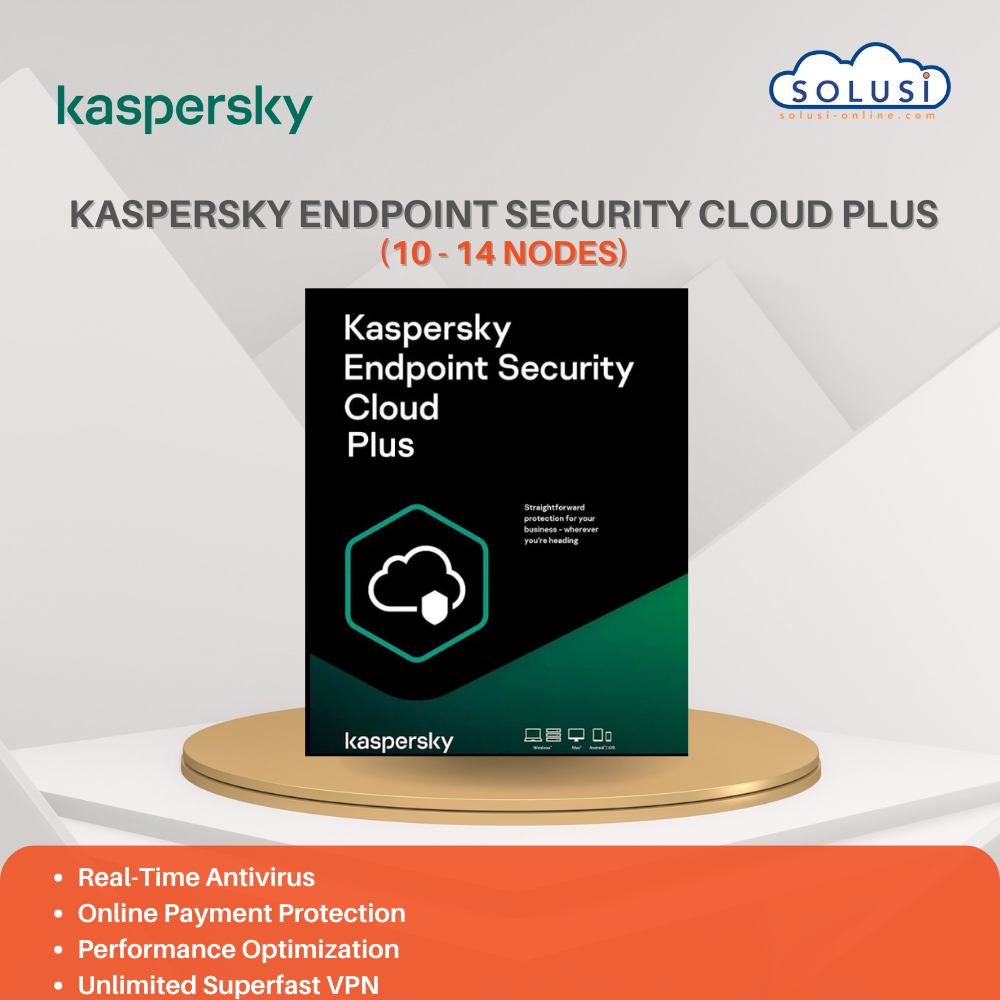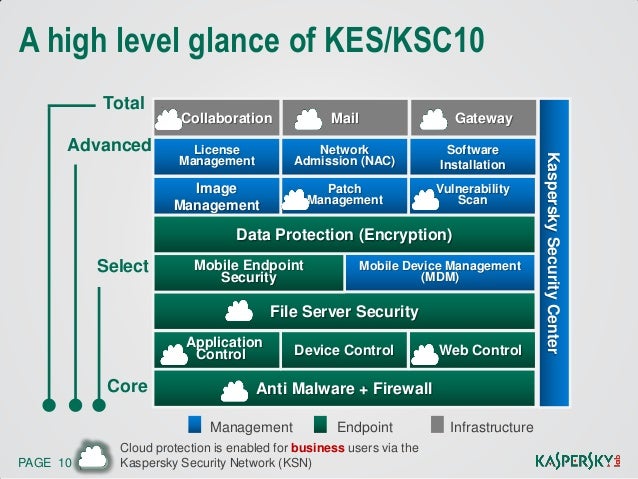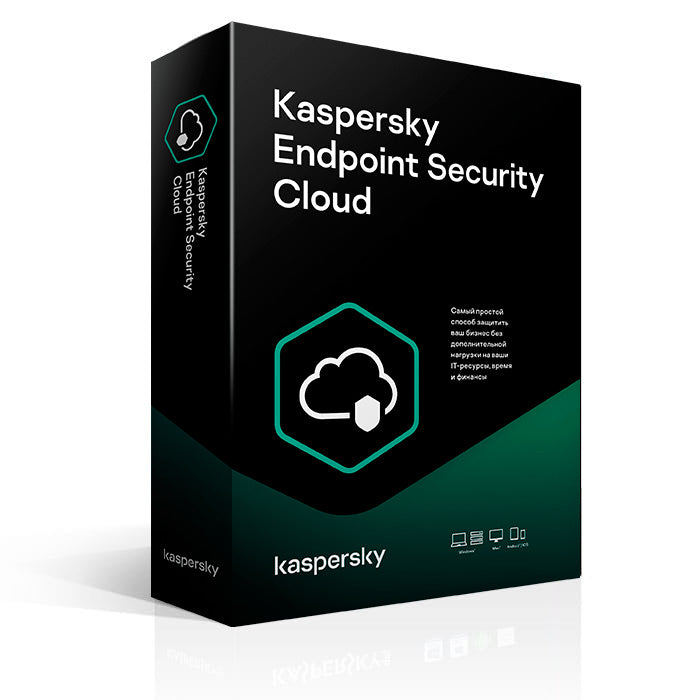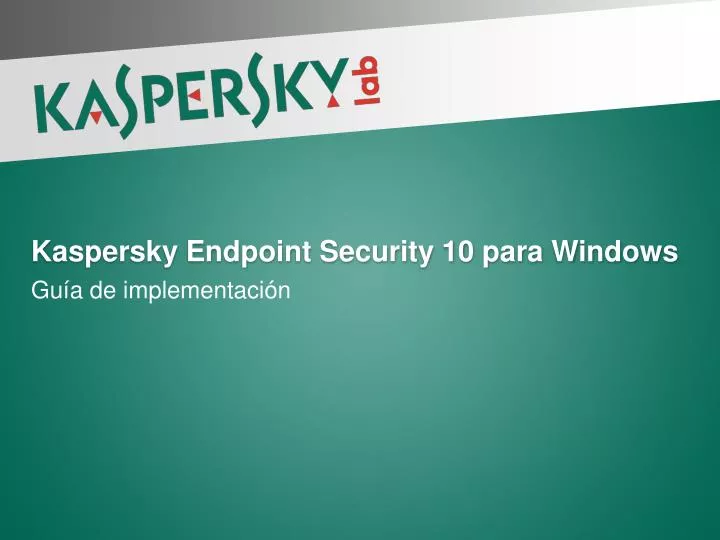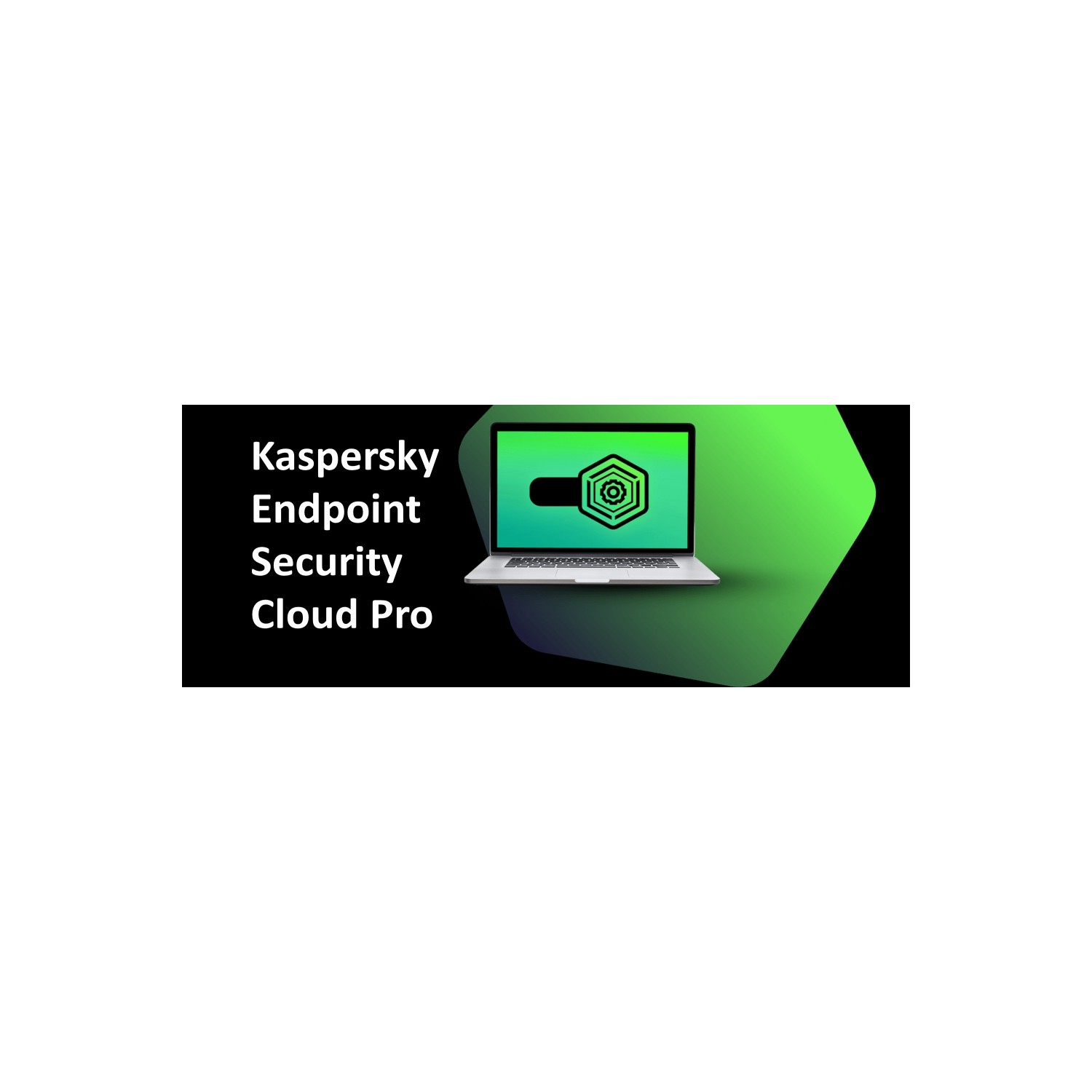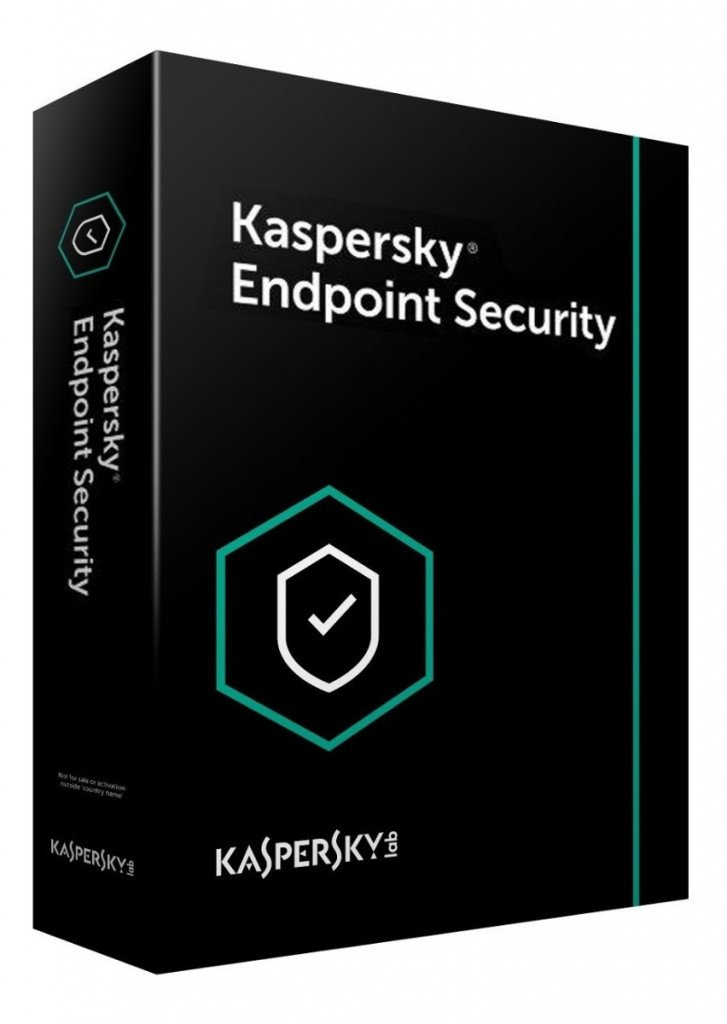Kaspersky Endpoint Security 10 Versions
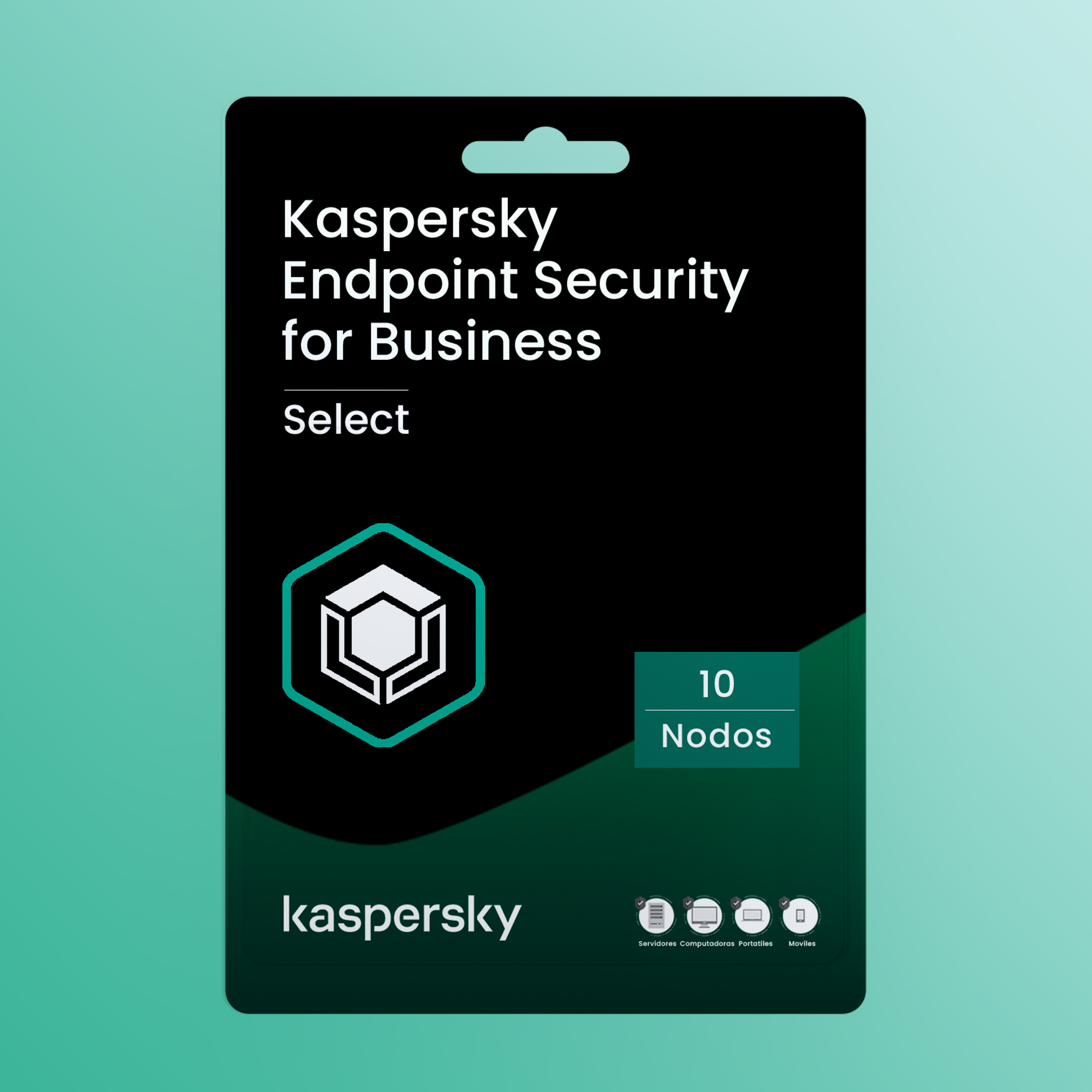
In an increasingly complex cybersecurity landscape, the shadow of outdated software looms large. For businesses still reliant on older versions of Kaspersky Endpoint Security 10, the risk is not just theoretical; it's a present and escalating danger that demands immediate attention.
These legacy systems, once a bulwark against digital threats, are now potential vulnerabilities, attracting the unwanted attention of cybercriminals seeking easy targets. As official support sunsets and new threats emerge, the question is not *if* a breach will occur, but *when*.
The Rising Tide of Vulnerability
At the heart of the issue lies the cessation of support for specific versions of Kaspersky Endpoint Security 10. This means no further security updates, bug fixes, or technical assistance from Kaspersky itself.
The nut graf: With threat actors constantly evolving their tactics, organizations that remain on these unsupported platforms are essentially operating without a shield, exposing themselves to a higher risk of malware infections, data breaches, and significant financial losses.
Kaspersky has officially announced end-of-life (EOL) dates for various versions of Endpoint Security 10. Businesses clinging to these outdated systems face a critical choice: upgrade or accept the exponentially growing risk.
End-of-Life: A Deadline with Consequences
The end-of-life declaration isn't merely a suggestion; it's a firm line in the sand. Once a version reaches EOL, Kaspersky ceases providing updates that address newly discovered vulnerabilities.
Consider this analogy: an old car, no longer manufactured, with parts becoming increasingly scarce and expensive. The car may still run, but the risk of a breakdown – and the difficulty of repair – rises dramatically.
Similarly, unsupported security software may still function, but it's blind to the latest threats and incapable of adequately defending against them.
The Threat Landscape Evolves
Cybersecurity is a perpetual arms race. As security vendors like Kaspersky develop new defenses, attackers respond with increasingly sophisticated techniques.
New malware strains, ransomware variants, and phishing schemes emerge daily, specifically designed to exploit weaknesses in older software.
Legacy versions of Endpoint Security 10 simply lack the intelligence and capabilities to identify and neutralize these modern threats, leaving networks vulnerable to attack.
The Business Impact
The consequences of a security breach can be devastating for any organization. Financial losses, reputational damage, and legal liabilities are just the tip of the iceberg.
Data breaches can trigger regulatory fines, lawsuits from affected customers, and a loss of trust that can take years to rebuild.
Beyond the direct costs, there are also indirect impacts such as business disruption, lost productivity, and damage to a company's brand image.
The Upgrade Imperative
Upgrading to a supported version of Kaspersky Endpoint Security, or migrating to a more comprehensive security solution, is not merely a technical task; it's a strategic imperative.
A modern endpoint security solution provides real-time protection against the latest threats, incorporating advanced features such as behavioral analysis, machine learning, and cloud-based threat intelligence.
These capabilities are essential for maintaining a strong security posture in today's dynamic threat environment.
Weighing the Alternatives
While upgrading is the recommended course of action, organizations should carefully evaluate their options. This includes assessing their current security needs, evaluating the capabilities of different security solutions, and developing a comprehensive upgrade plan.
Some may choose to migrate to a newer version of Kaspersky, while others may opt for a different vendor altogether. The key is to make an informed decision based on a thorough understanding of the risks and benefits.
Regardless of the chosen path, delaying action is not a viable strategy. The risks associated with running unsupported software far outweigh the costs of upgrading.
Looking Ahead: A Proactive Approach
The situation with Kaspersky Endpoint Security 10 serves as a cautionary tale about the importance of proactive cybersecurity management.
Organizations must stay informed about the end-of-life policies of their software vendors and develop a plan for upgrading or replacing outdated systems before they become a liability.
By embracing a proactive approach to security, businesses can minimize their risk exposure and ensure that they are adequately protected against the ever-evolving threat landscape. Ignoring this reality invites costly breaches and undermines long-term viability.

